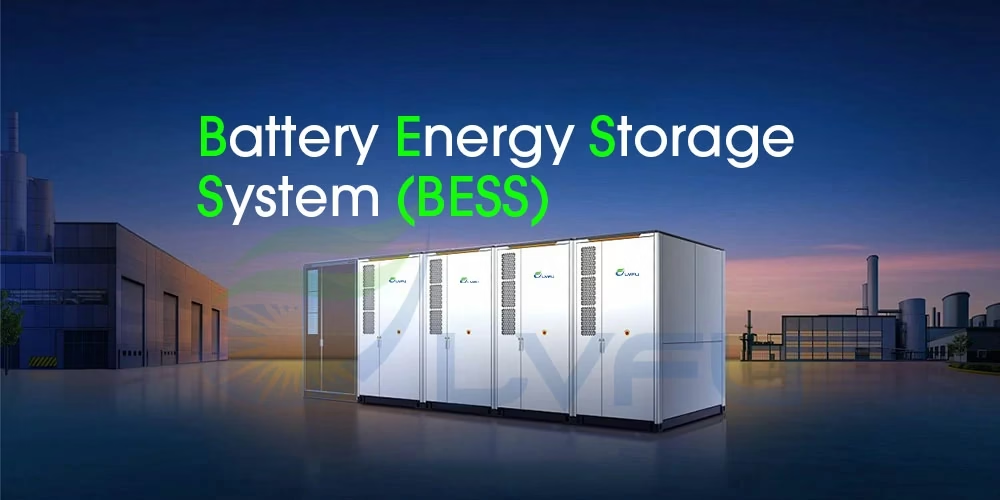
Charge and Discharge Conversion Efficiency
In simple terms, this efficiency measures how effectively a battery stores and releases energy, typically ranging between 87% and 91%. To put it practically, if you pull 100 kWh of AC power from the grid to charge the battery, the battery itself will store about 96 kWh of DC power. Then, when you need to use that energy, the BESS (Battery Energy Storage System) will discharge only about 89 kWh of usable AC power back to your home or the grid.
Charging and Discharging Rate (C-rate)
The C-rate is a crucial parameter that defines the speed at which a battery charges or discharges. Essentially, it’s the ratio of the charge/discharge current to the battery’s rated capacity. This single number directly impacts the battery’s performance and determines which applications it’s best suited for. You can calculate it using the formula: C-rate = Charge/Discharge Current (A) / Rated Capacity (Ah). Therefore, a higher C-rate means the BESS can charge or discharge more power rapidly.
Battery Management System (BMS)
Acting as the battery’s personal guardian, the BMS is a vital component within any BESS. Fundamentally, it’s made up of hardware and software that constantly monitor the battery’s vital signs—like voltage, current, temperature, and state of charge. But its role goes beyond just monitoring; the BMS actively protects the battery by controlling it to prevent dangerous conditions such as overcharge, over-discharge, and overcurrent. This proactive management is essential for ensuring both the safety and the long-term health of the BESS.
Energy Management System (EMS)
If the BMS manages the battery pack, the EMS is the strategic “brain” of the entire BESS. This higher-level system is responsible for making intelligent decisions about energy flow. For instance, an EMS can decide when to store cheap energy and when to dispatch it back to the grid or for building use to maximize economic returns. In essence, it coordinates all the components to ensure the BESS operates efficiently and meets specific energy goals.
Energy Storage Converter (PCS)
The PCS is the workhorse that enables energy to flow in and out of the BESS. In other words, this device performs the critical job of converting AC power from the grid into DC power for charging the batteries, and then inverting the DC power back to AC during discharge. Ultimately, the performance of the PCS directly controls how efficiently this conversion happens, which in turn influences the overall responsiveness, stability, and lifespan of the entire BESS.

